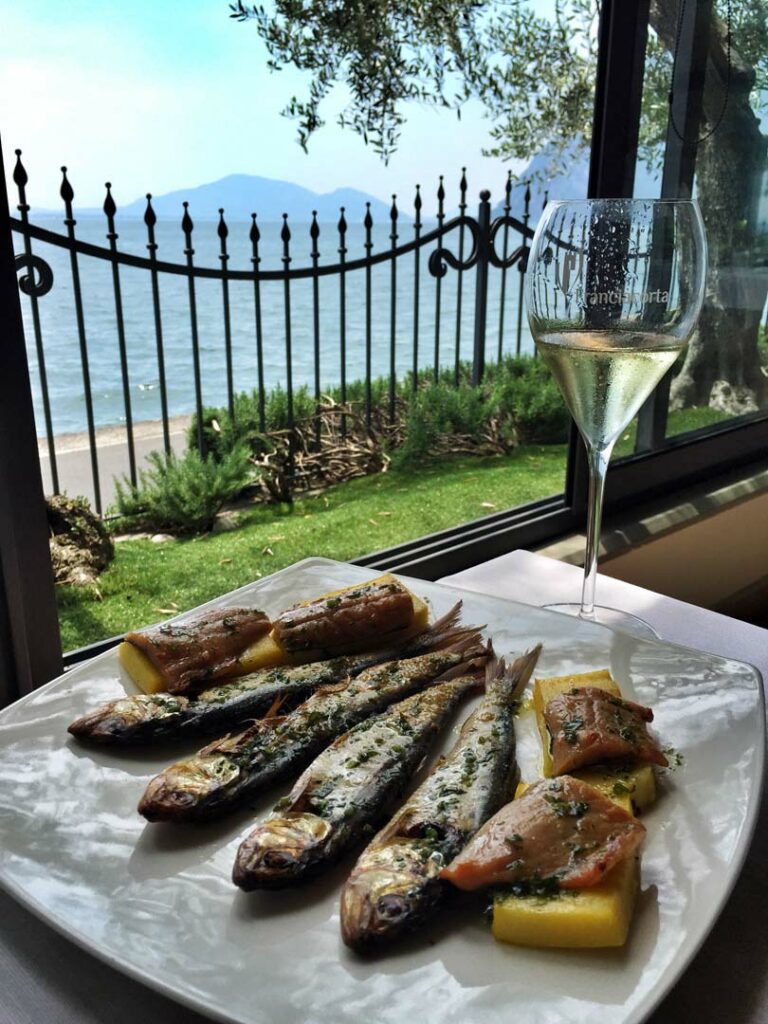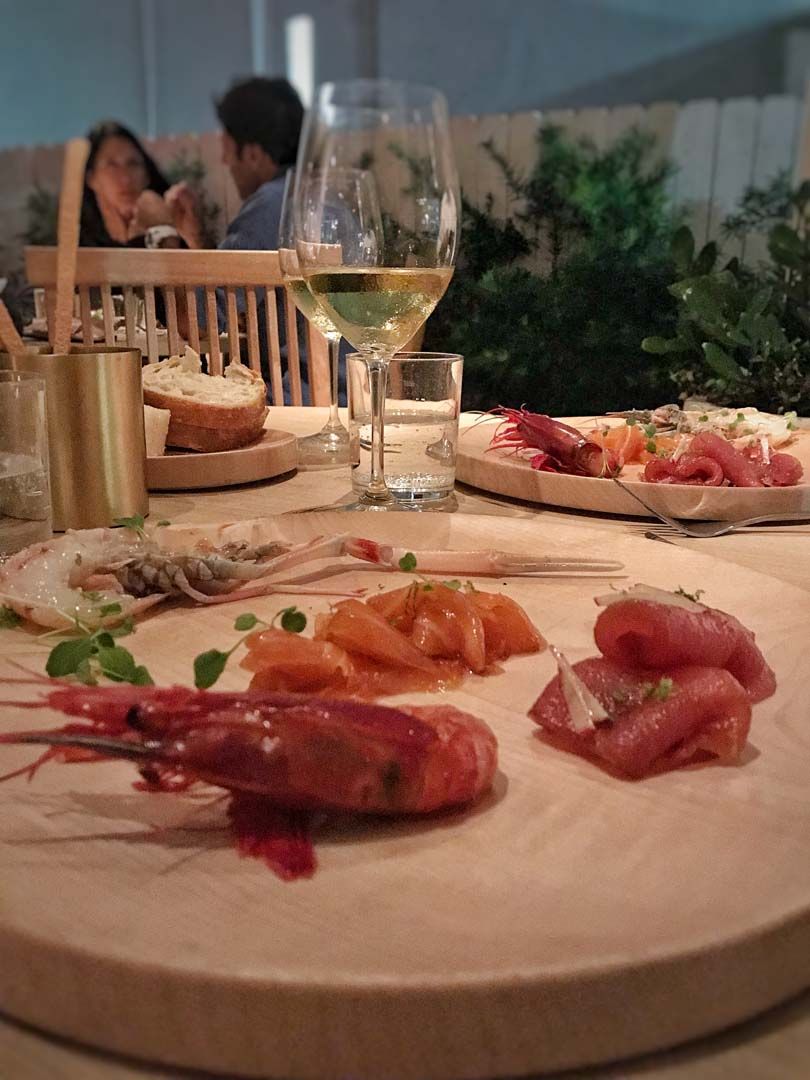
Seafood wine pairing ideas: think beyond Pinot Grigio!
My interview about seafood wine pairing featured by The Wine Buying Guide
1.Let’s start with the basics. What do you look for in a wine to pair with seafood?
“Before looking for specific characteristics in wine we should start with a simple question: which kind of seafood are we preparing? Is it a simple white fish like halibut, is it shellfish (aka mussels and clams), is it a lobster, is it a fatty fish like tuna or salmon, is it a briny oyster
The technique of wine and food pairing always begins with the analysis of the food, in order to look for the wine that will complete your meal perfectly. It’s like composing a song: you look for harmony between the notes, the lyrics the rhythm.
If the main characteristics of your seafood are fat and sweetness (think about a juicy steamed lobster) you will need an aromatic wine with good acidity. The aromaticness will pair with the sweetness of the dish and the acidity will clean your mouth from the fattiness of the lobster meat. I am thinking about a dry Riesling from Alsace.
On the other hand, if you are having a simple mahi or a branzino, you don’t look for a very aromatic wine, because you don’t want the flavours of the wine to overwhelm your food. Albariño could be a good match.
Oysters and shellfish in general pair well with sparkling wine, because the effervescence and the acidity are good mouth cleanser.”
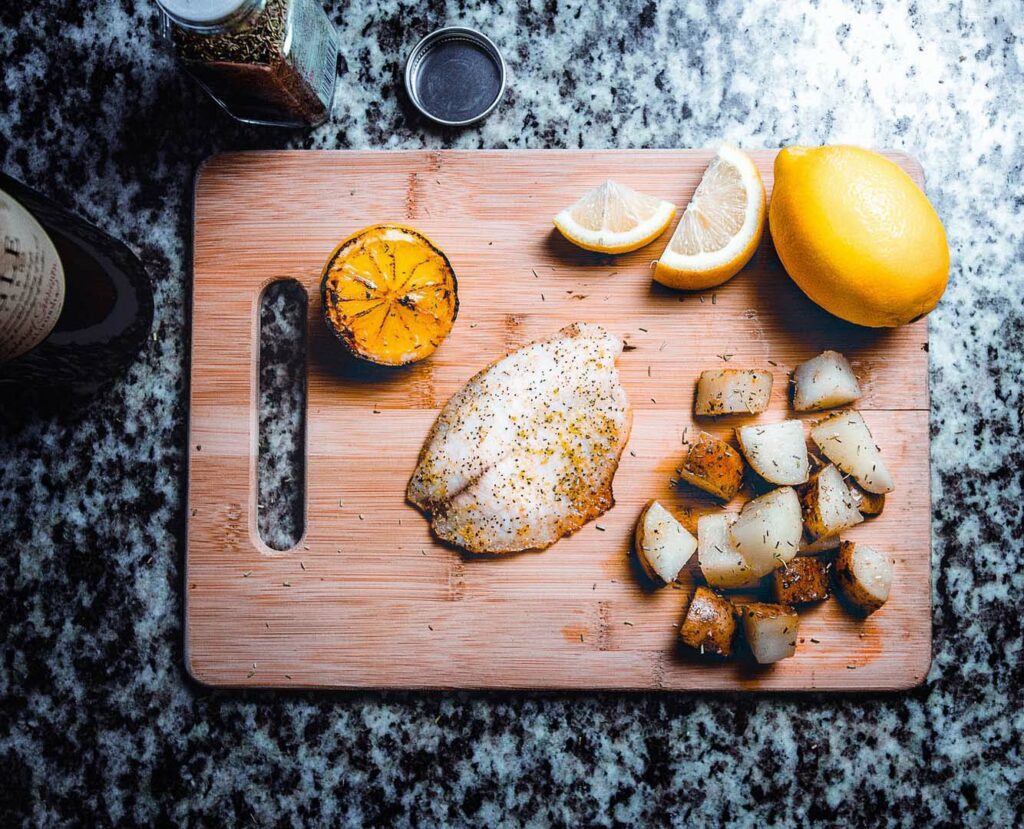
2.How do you approach richer preparations of seafood, say something like a shrimp scampi? Would you choose different types of wine?
“The preparation plays a huge role in food pairing. Especially if it involves heavy dressings or complicated extra flavours. Personally, I hate when chefs overdress seafood and unfortunately it is a common habit in modern cuisine. It makes the work of the sommelier very hard in choosing the right wine.
As a general rule: more spices in the food require more aromaticness in the wine, more acidity in the food (vinegar, tomatoes, lemon, lime) asks for more acidity in the wine. That’s why, in case of seafood, I think that less is more. Fish is already packed with flavours, why cover those natural aromas with curry or spicy salsa?”
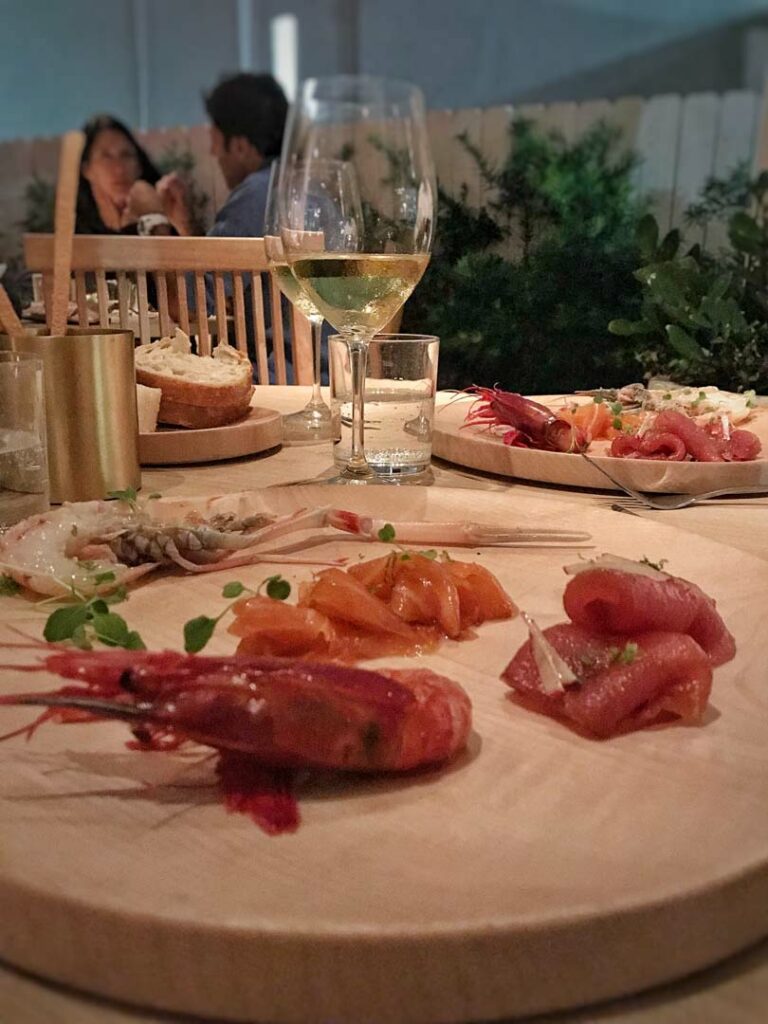
3. Is there anything you think most people overlook when it comes to pairing seafood with wine?
“Yes, the number one mistake people make is about tannins. There is a reason why red wines are, generally speaking, not a good match with fish, but they are perfect for a juicy New York steak. The astringency of tannins becomes an unpleasant sensation in your mouth if there is no grease or juicy fat to clean it out. So, please, no Barolos with tuna or salmon. If you want to drink a red wine with fatty fish it must be low tannins: a Pinot Noir, a Beaujolais, for example. Or why don’t you choose a rosé?”
4. When people think of an easy-to-find varietal that pairs well with seafood, they think of Pinot Grigio. Is this a good place to start, if you’re looking for wine at the supermarket? Or would you look at some other types of wine?
5. What less common varietals should people be looking to pair with seafood? We read your recent post on Roscetto, an Italian white grape varietal that you’re a fan of. Would you recommend this wine, or some other Italian wines?
“I would recommend Roscetto if you are a Chardonnay lover. It is packed with stone fruit flavours and has a good acidity (it may vary depending on the style and the producer, of course). But there is a broad range of Italian white wines to pair with seafood: Lugana made from Turbiana grapes, Verdicchio dei Castelli di Jesi, Pecorino from Marche or Abruzzo, Falanghina from Campania, Greco di Tufo, Pigato from Liguria, Carricante from Sicily, the list is very long… And I suggest to your readers to think out of the box and be brave: maybe among these unusual varieties there is your favorite wine and you don’t know till you don’t try!”
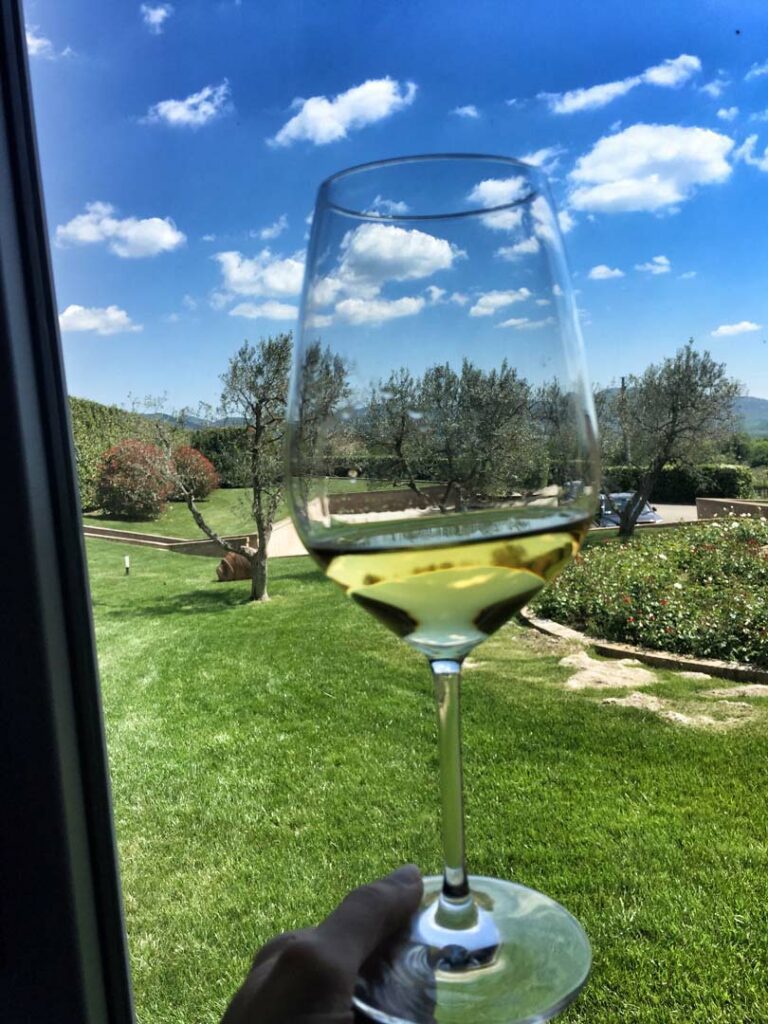
6. Seafood is a classic part of Italian cuisine. Can you talk about how the country’s food and wine traditions complement each other?
Food and wine traditions complement each other in Italy. That’s why our mind set is to drink wine always with something to eat: from the aperitivo, to after dinner. There is no wine time without food.
Actually there is no social life without food and wine involved. For example: Lugana or Franciacorta wines are amazing with lake fish preparations (these wine regions lay respectively on Garda lake and on Iseo lake in Lombardy), Pigato from Liguria is delicious with pesto alla genovese (the typical ligurian basil sauce), and so on…”
7. Thank you so much for your insight! Finally, do you have any personal favorite seafood and wine pairings that you’d like to share?
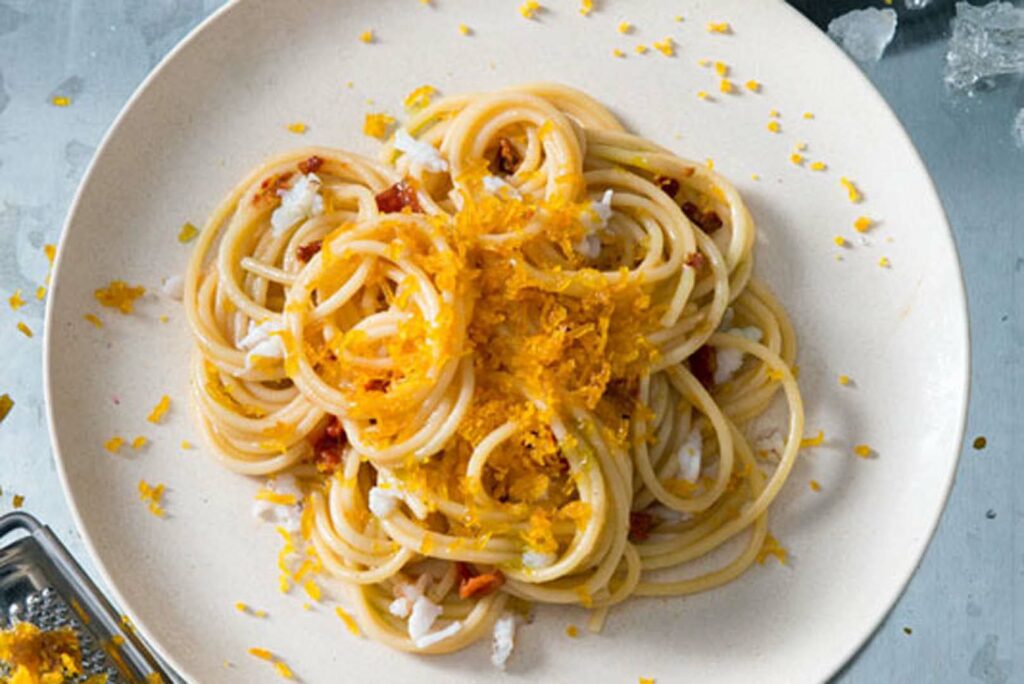
I don’t know you, but after all this food and wine talking, my mouth is watering… Buon appetito!”
